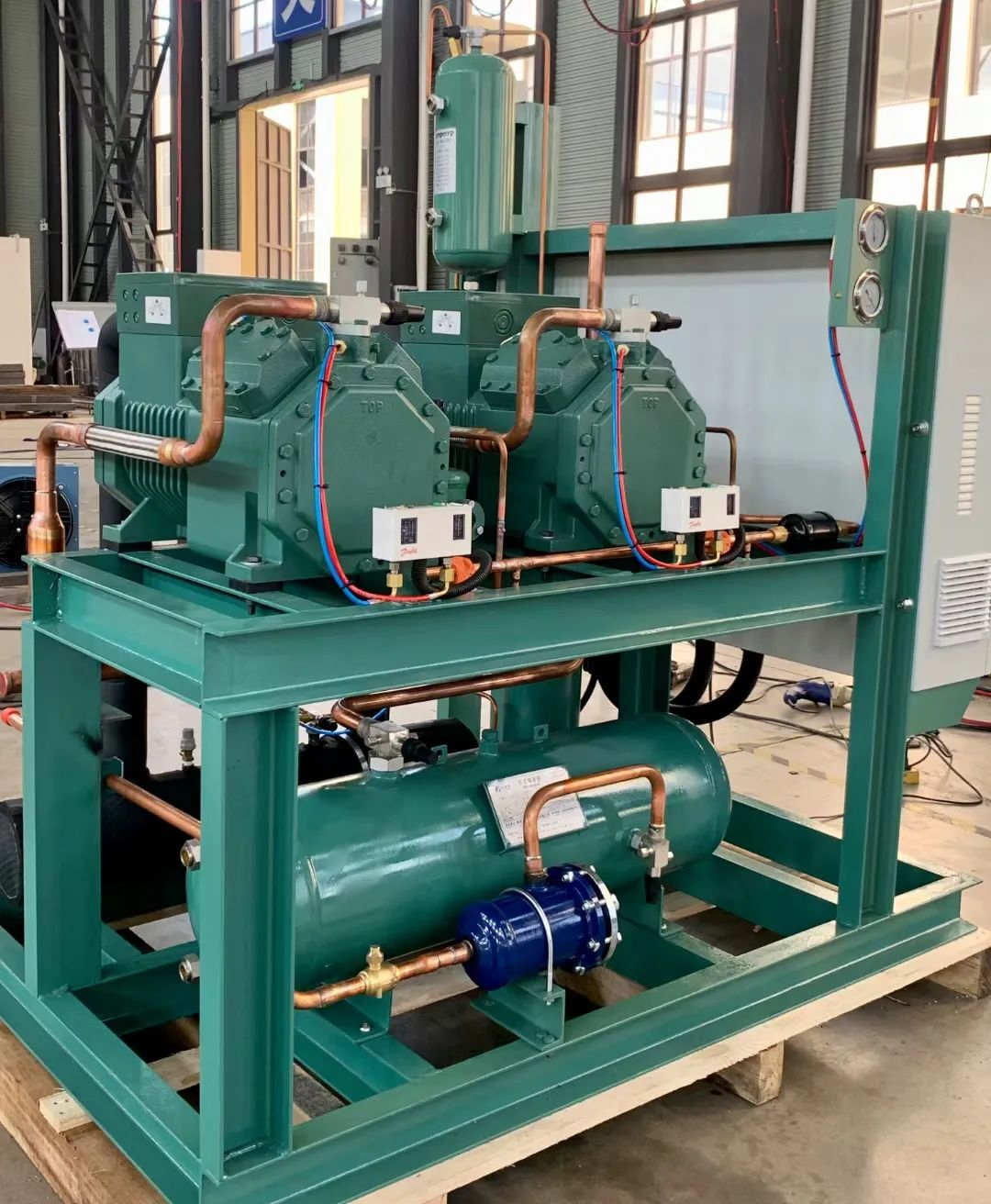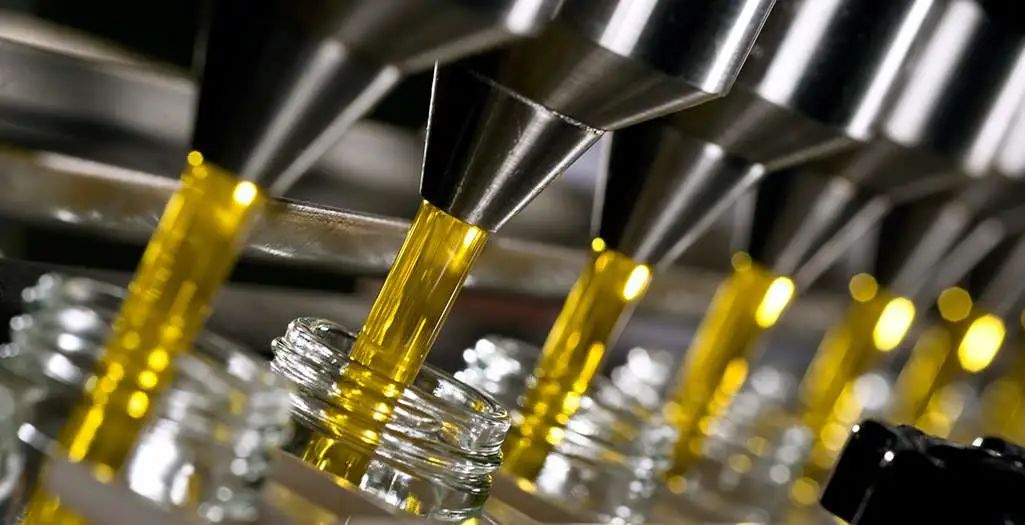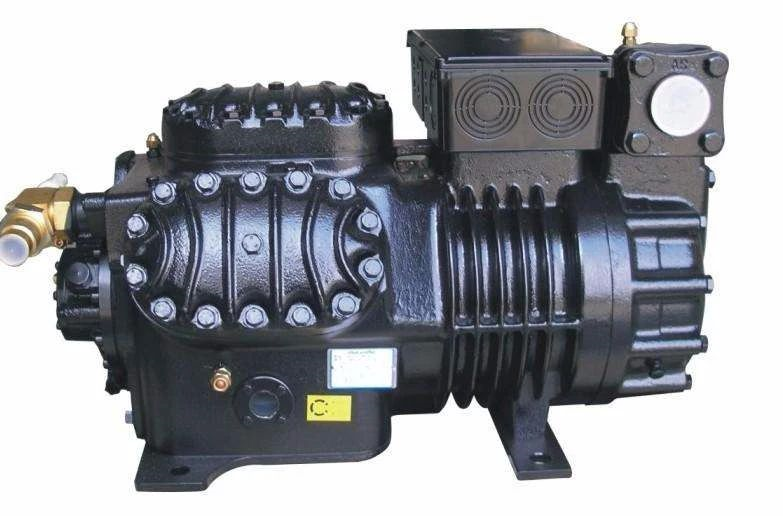The compressor is a complex machine with high-speed operation. Ensuring sufficient lubrication of the compressor crankshaft, bearings, connecting rods, pistons and other moving parts is the basic requirement for maintaining the normal operation of the machine. For this reason, compressor manufacturers require the use of specified grades of lubricating oil, and require regular inspection of the oil level and color of the lubricating oil. However, due to negligence in refrigeration system design, construction and maintenance, lack of oil in the compressor, coking and deterioration of oil, liquid return dilution, refrigerant flushing, and use of inferior lubricating oil, etc., are common.

1. Insufficient lubrication
The direct cause of wear: insufficient lubrication. Lack of oil will definitely cause insufficient lubrication, but insufficient lubrication is not necessarily caused by lack of oil.
The following three reasons can also cause insufficient lubrication:
Lubricant cannot reach bearing surfaces.
Although the lubricating oil has reached the bearing surface, its viscosity is too small to form an oil film of sufficient thickness.
Although the lubricating oil has reached the surface of the bearing, it is decomposed due to overheating and cannot lubricate.
Caused adverse effects: oil suction network or oil supply pipeline blockage, oil pump failure, etc. will affect the delivery of lubricating oil, and the lubricating oil cannot reach the friction surface far away from the oil pump. The oil suction net and the oil pump are normal, but the bearing wear, excessive clearance, etc. cause oil leakage and low oil pressure, which will make the friction surface far away from the oil pump unable to get lubricating oil, resulting in wear and scratches.
Due to various reasons (including the start-up stage of the compressor), the temperature of the friction surface without lubricating oil will rise rapidly, and the lubricating oil will begin to decompose after exceeding 175°C. “Insufficient lubrication-friction-surface high temperature-oil decomposition” is a typical vicious cycle, and many vicious accidents, including connecting rod shaft locking and piston jamming, are related to this vicious cycle. When replacing the valve plate, check the wear of the piston pin.

2. Lack of oil
Lack of oil is one of the most easily identified compressor faults. When the compressor is short of oil, there is little or no lubricating oil in the crankcase.
The lubricating oil discharged from the compressor does not come back: the compressor will be short of oil if the lubricating oil does not come back.
There are two ways to return oil from the compressor:
One is oil separator return oil.
The other is the oil return pipe.
The oil separator is installed on the exhaust pipeline of the compressor, which can generally separate 50-95% of the oil, with good oil return effect and fast speed, which greatly reduces the amount of oil entering the system pipeline, thereby effectively prolonging the operation without oil return time. For cold storage refrigeration systems with particularly long pipelines, flooded ice-making systems, and freeze-drying equipment with very low temperatures, the installation of high-efficiency oil separators can greatly prolong the running time of the compressor without oil return, so that the compressor can safely pass through the no-frills period after starting up. Back to the crisis phase of the oil.
The lubricating oil that has not been separated will enter the system: it will flow with the refrigerant in the pipe to form an oil cycle.
After the lubricating oil enters the evaporator:
On the one hand, due to low temperature and low solubility, part of the lubricating oil is separated from the refrigerant.
On the other hand, the temperature is low and the viscosity is high, and the separated lubricating oil is easy to adhere to the inner wall of the pipe, making it difficult to flow.
The lower the evaporation temperature, the more difficult it is to return oil. This requires that the design and construction of the evaporation pipeline and the return pipeline must be conducive to oil return. The common practice is to adopt a descending pipeline design and ensure a large air velocity. For refrigeration systems with extremely low temperatures, such as -85°C and -150°C medical cryogenic boxes, in addition to selecting high-efficiency oil separators, special solvents are usually added to prevent lubricating oil from blocking capillary tubes and expansion valves, and to help oil return.
In practical applications, oil return problems caused by improper design of evaporators and return air lines are not uncommon. For R22 and R404A systems, the oil return of the flooded evaporator is very difficult, and the design of the system oil return pipeline must be very careful. The use of high-efficiency oil separation can greatly reduce the amount of oil entering the system pipeline, effectively prolonging the time without oil return in the return air pipe after starting up.
When the compressor is located higher than the evaporator, the return oil trap on the vertical return line is required. In order to ensure the oil return under low load, the vertical suction pipe can adopt double standpipe.
Frequent start-up of the compressor is not conducive to oil return. Because the continuous operation time is short, the compressor stops, and there is no time to form a stable high-speed airflow in the return air pipe, so the lubricating oil can only stay in the pipe. If the return oil is less than the rush oil, the compressor will be short of oil.
When defrosting, the temperature of the evaporator rises, and the viscosity of the lubricating oil decreases, making it easy to flow. After the defrost cycle, the refrigerant flow rate is high, and the lubricating oil trapped will return to the compressor. When there is a lot of refrigerant leakage, the gas return speed will decrease. If the speed is too low, the lubricating oil will stay in the return gas pipeline and cannot return to the compressor quickly.
The oil pressure safety protection device will automatically stop when there is no oil to protect the compressor from damage. no sight glass
Fully enclosed compressors (including rotor and scroll compressors) and air-cooled compressors with oil pressure safety devices have no obvious symptoms when oil is lacking, and they will not stop, and the compressor will be worn out unconsciously.
Compressor noise, vibration or excessive current may be related to lack of oil, so it is very important to accurately judge the operating status of the compressor and the system.

3. Conclusion
The root cause of the lack of oil is not the amount and speed of the compressor running out of oil, but the poor oil return of the system. Installing an oil separator can quickly return oil and prolong the running time of the compressor without oil return. Evaporators and return lines must be designed with oil return in mind. Maintenance measures such as avoiding frequent starts, timing defrosting, replenishing refrigerant in time, and replacing worn piston components in time also help oil return.
Liquid return and refrigerant migration will dilute the lubricating oil, which is not conducive to the formation of oil film;
Oil pump failure and oil circuit blockage will affect the oil supply and oil pressure, resulting in lack of oil on the friction surface;
The high temperature of the friction surface will promote the decomposition of the lubricating oil and make the lubricating oil lose its lubricating ability;
Insufficient lubrication caused by these three problems often causes compressor damage. The root cause of the lack of oil is the system. Only replacing the compressor or some accessories cannot fundamentally solve the oil shortage problem.
Therefore, system design and pipeline construction must consider the oil return problem of the system, otherwise there will be endless troubles! For example, during design and construction, the evaporator air return pipe is provided with an oil return bend, and the exhaust pipe is provided with a check bend. All pipelines should move along the fluid The direction is all the way downhill, with a slope of 0.3~0.5%.
Post time: Dec-26-2022







